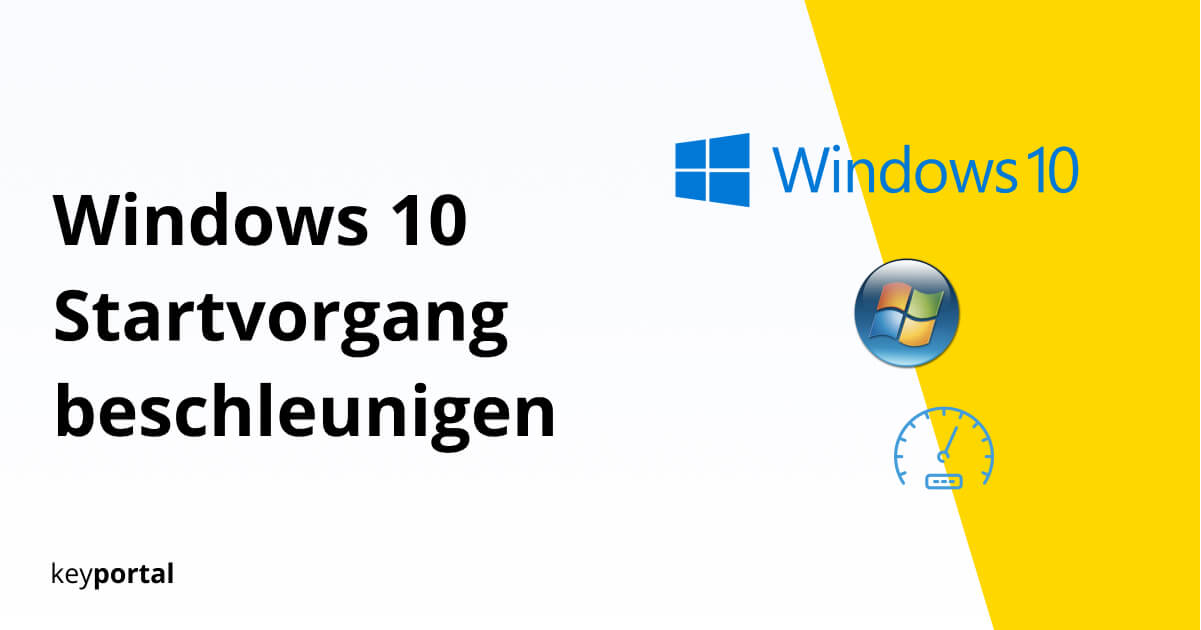Your PC starts slowly and it takes a long time to boot up? This phenomenon concerns all users who use Windows 10 or alternative Operating systems over a certain period of time. Unfortunately, you can assume that your device will never again be as fast as on the first day. But there are some tips and tricks you can use to speed up the Windows 10 start-up process.
Below we present the best tips and tricks. Many methods have proven themselves over the years and promise to significantly shorten the boot time. Although a new installation of Windows helps enormously, it is similar to the Repairing your system not absolutely necessary. Therefore, in the first step we will concentrate on the already existing on-board resources of your PC.

If you want to speed up the Windows 10 start-up process, simply follow the tutorial described below.
How can I speed up the start-up of Windows 10?
- Use alternative modes instead of classic shutdown
- Clean up the autostart and speed up the start-up process
- Reduce the boot time in your PC’s BIOS
But first, let’s take a detailed look at how long your PC takes to boot in the first place:
Integrated Tools: How long does Windows 10 take to boot up?
With the help of the integrated event viewer, Windows automatically documents how long it took to start the system. This is because various logs are stored here after the Installation various logs are stored, which also concern performance, among other things. If you need to speed up the start-up process, you will find various (critical) warnings in the corresponding menu:
- Start the Windows 10 Run command, which you can find at by right-clicking on the Start menu or using the Windows logo key + R keyboard shortcut Activate Windows key.
- Enter Eventvwr in the text field and confirm with Enter.
- Now look for the appropriate submenu in the folder structure on the left-hand side. Click on Application and Service Logs, followed by Microsoft, Windows and finally Diagnostics-Performance. There you select the entry Operational.
- In the middle you will now see the logs, with date and time.
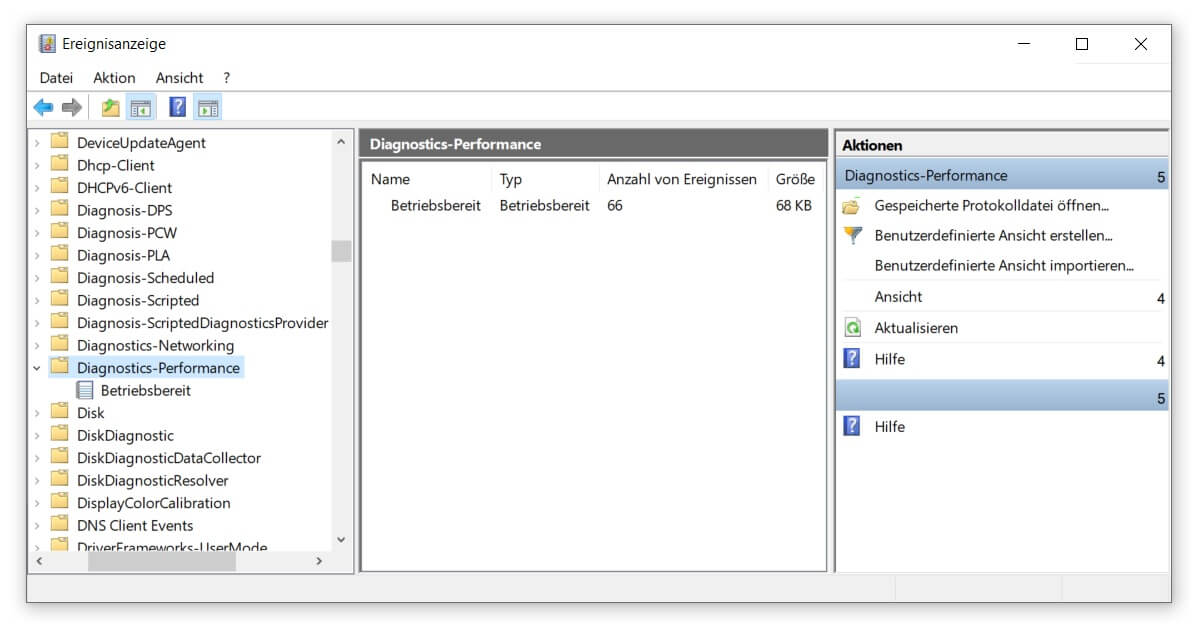
Speed up the Windows 10 start-up process thanks to the event viewer
If you want to speed up your start-up process, note the errors with the event ID 100. 200 and everything beyond concerns the shutdown of your PC. If you select the most recent entry, take a look at the message Windows has been started at the bottom centre. Behind Startup time, you can see exactly how long it took to boot up, down to the millisecond.
Pro tip: If you want to define the problem with the start of Windows 10 a deeper look into the logs will help. For example, check the meaning of the event ID. While 101 says that a programme is slowing down the PC, 102 sees the problem with a driver. To speed up your start-up process, pay attention to the causes that often lead to delays.
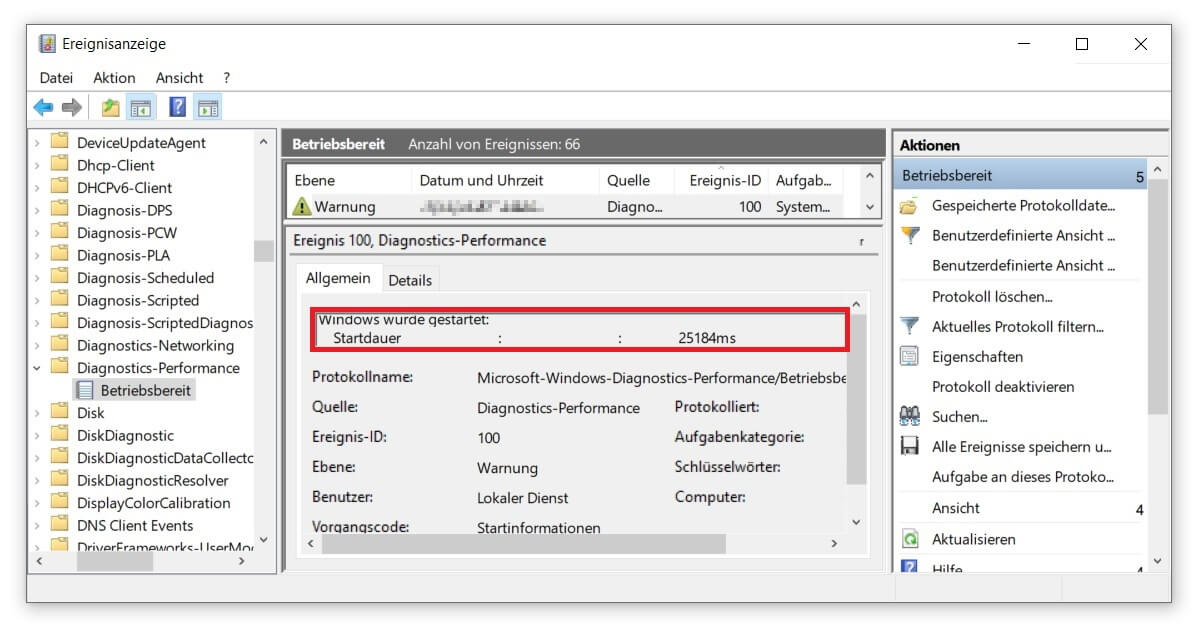
Now that you have a good overview of the possible reasons for a slow start of Windows 10, all that is missing are concrete instructions on how you can speed up the start-up process in the long term:
1. Instead of the classic shutdown, use alternative modes
You may know a simple solution for a quick start of Windows 10 from your laptop: By closing the system, it does not shut down completely, but enters a standby mode. This way, you don’t have to start all applications again and you can use the device more quickly. The energy-saving mode works similarly on your desktop PC. Without a boot process, you start directly on the Lock screenwhich should speed up the start-up process.
Pro tip: In addition, the quick start should be active with Windows 10. Because unlike with Windows 7 by default, only a restart involves the complete shutdown of all processes. If your PC is slow, check in the settings whether the button for activating the quick start is selected. This can be found via the Windows logo key + X in the power options.
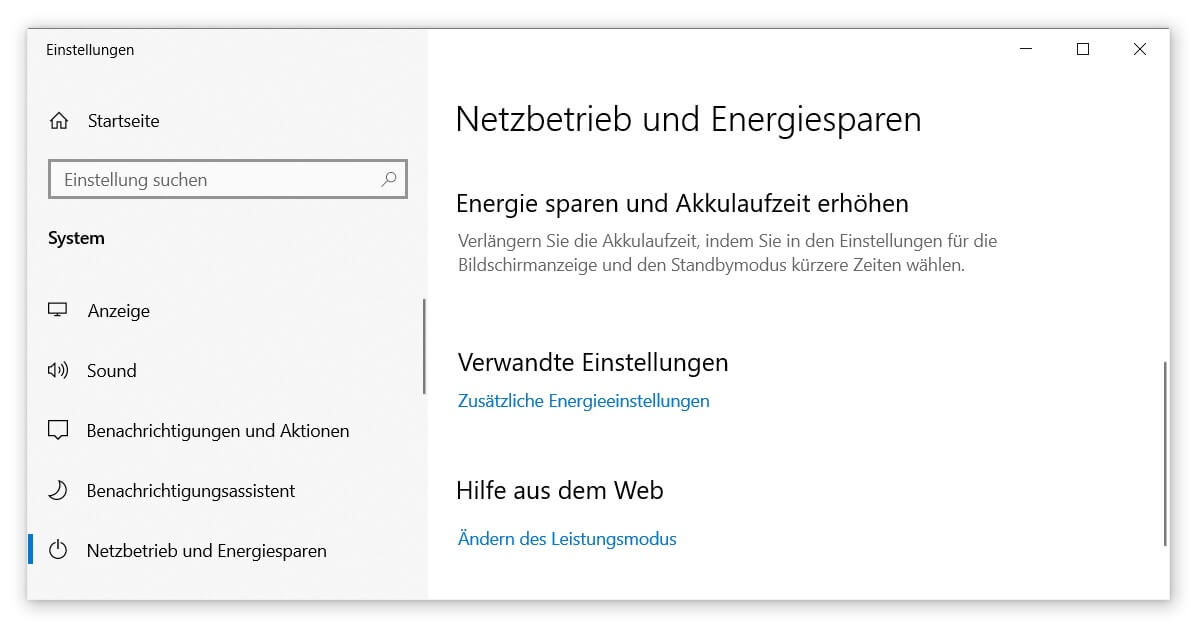
2. Clean up the autostart and speed up the start-up process
The more apps and features you install on your PC, the greater the number of programmes that are added to the autostart. The autostart contains applications that start automatically when the system is booted. In addition to essential processes of your operating system, these often include update services or synchronisation units of certain providers. Use the key combination Ctrl + Shift + Esc to open the Windows 10 Task Manager. Under the Autostart tab, you can deactivate individual entries to speed up the start-up process.
Pro tip: You can get an extended overview in the system configuration of Windows 10. The quickest way to open this is via the Windows logo key + R, where you execute the command msconfig. Switch to the Services tab. It is best to check the box Hide all Microsoft services. Then check which functions you really need.
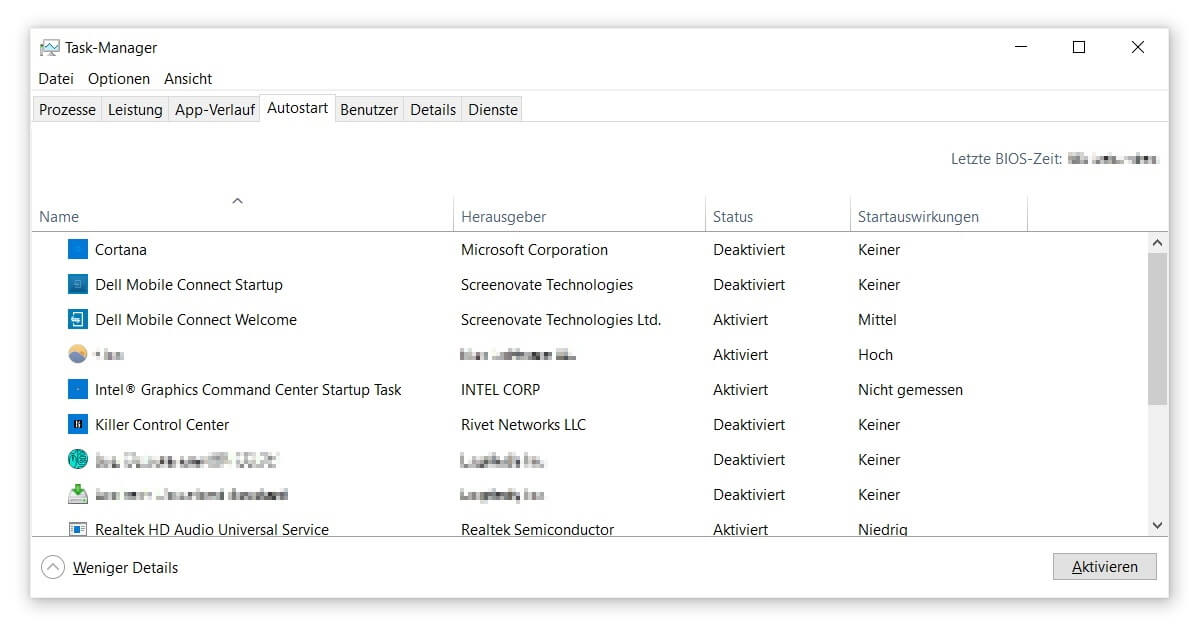
3. Reduce the boot time in the BIOS of your PC
If you have inserted a DVD in your drive, Windows sometimes checks it for bootable partitions, which costs valuable seconds when starting. The same applies to external hard disks that are permanently connected to the PC via USB. So take a look at the Data medium management. You should disconnect storage media that are not permanently needed from your system if you want to speed up the start-up process.
Pro tip: If your PC starts slowly, you have enough time to enter the BIOS by pressing F2 / F8 / F10. Depending on the interface, look for a menu called Advanced. You will be particularly interested in options such as Fast Boot, which prevents an additional check of all hardware components during start-up. You can save more time at start-up by adjusting the boot sequence. The hard disk on which your operating system is stored should come first.
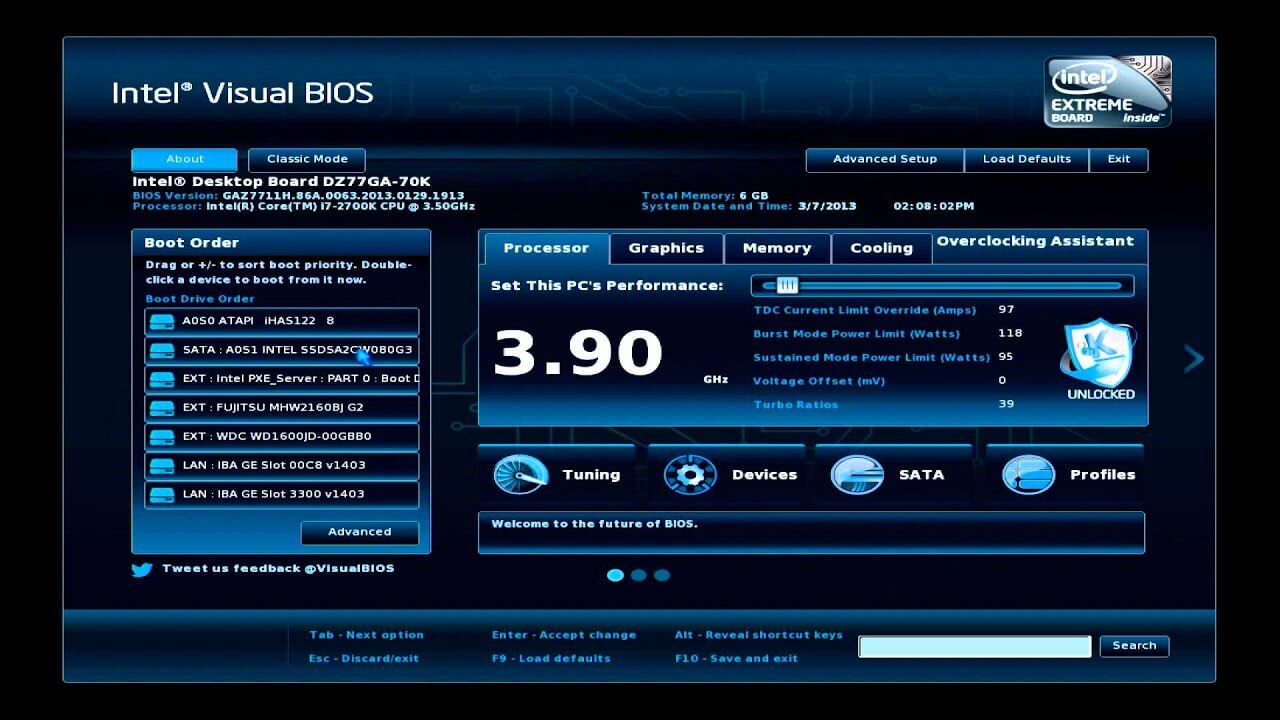
With these tips, you can certainly save a few seconds and speed up the Windows 10 start-up process. In general, it is worthwhile to provide more storage space by Enlarge partitions. Otherwise, we can recommend a detailed article on the subject of Clean up your PC and make Windows faster topic. The less data junk there is on your computer, the faster many of the internal processes run.
